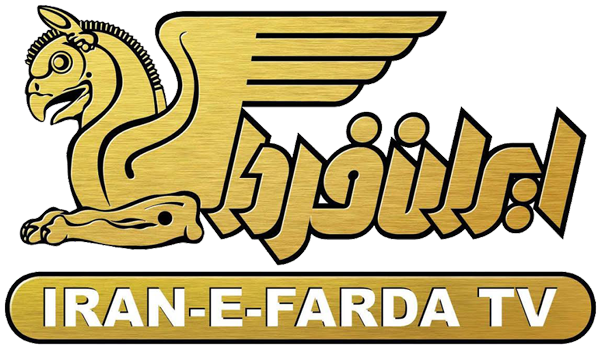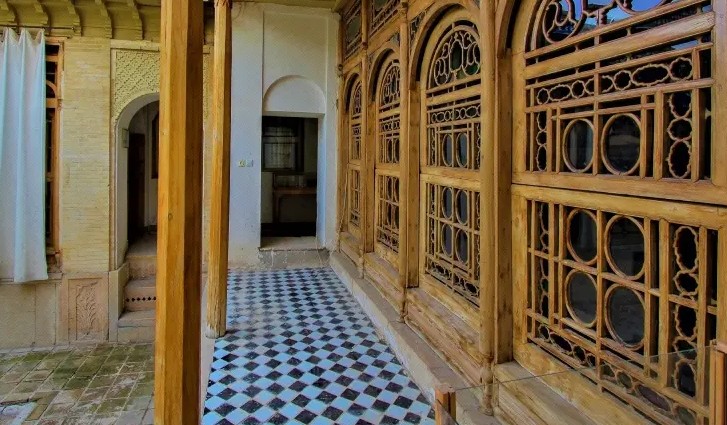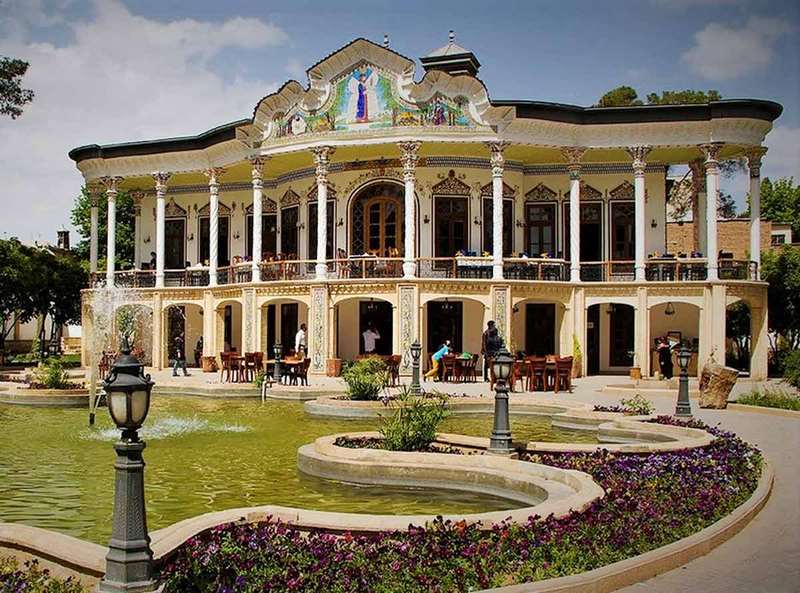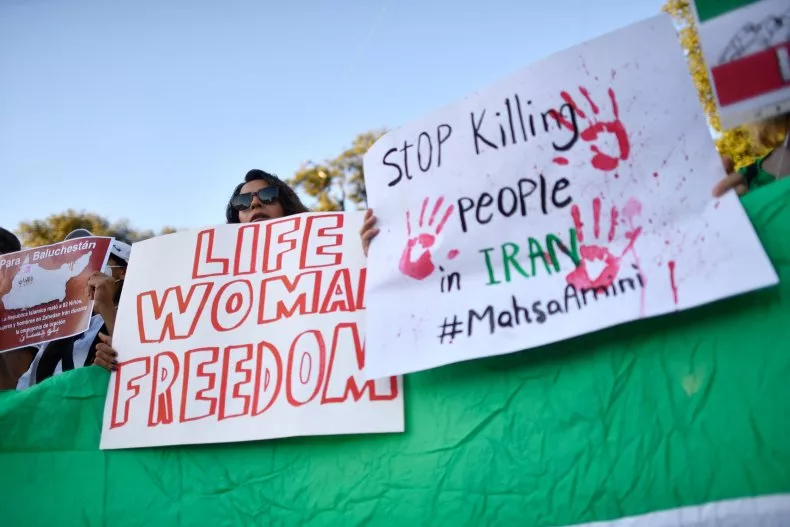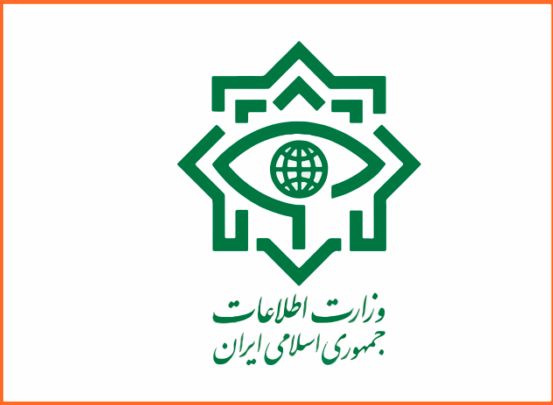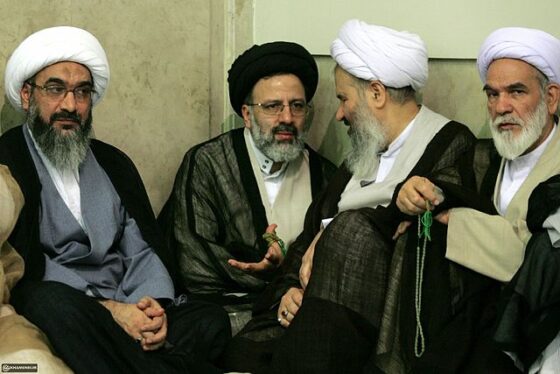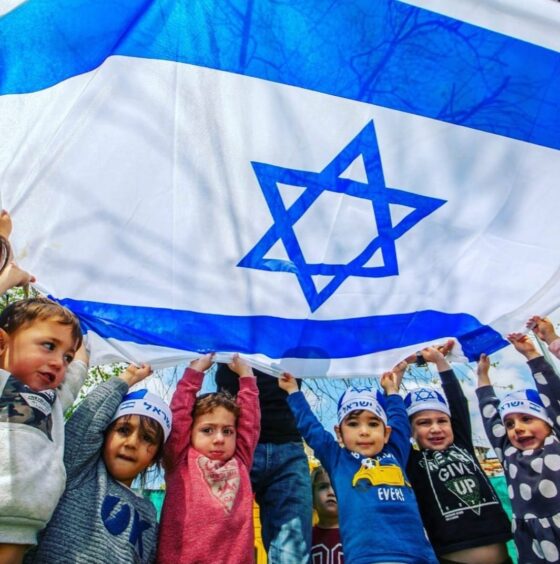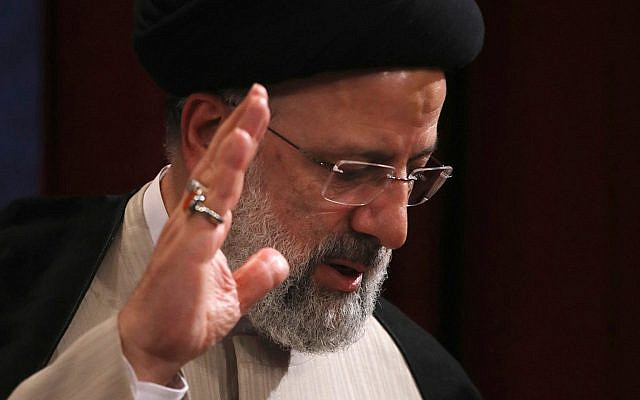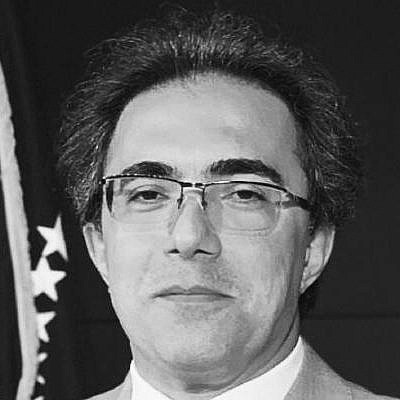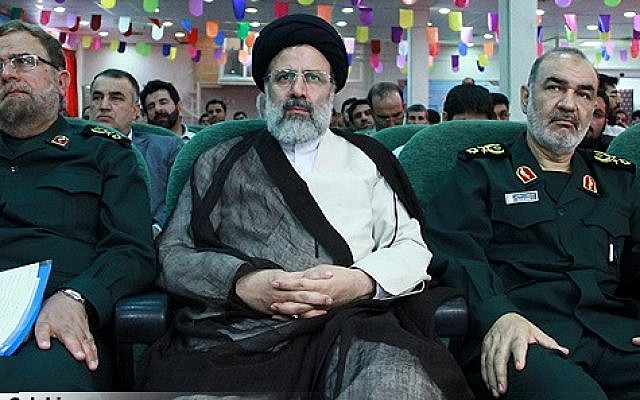Why are Iraqi protesters targeting Iranian buildings?
Published on: 2019-11-28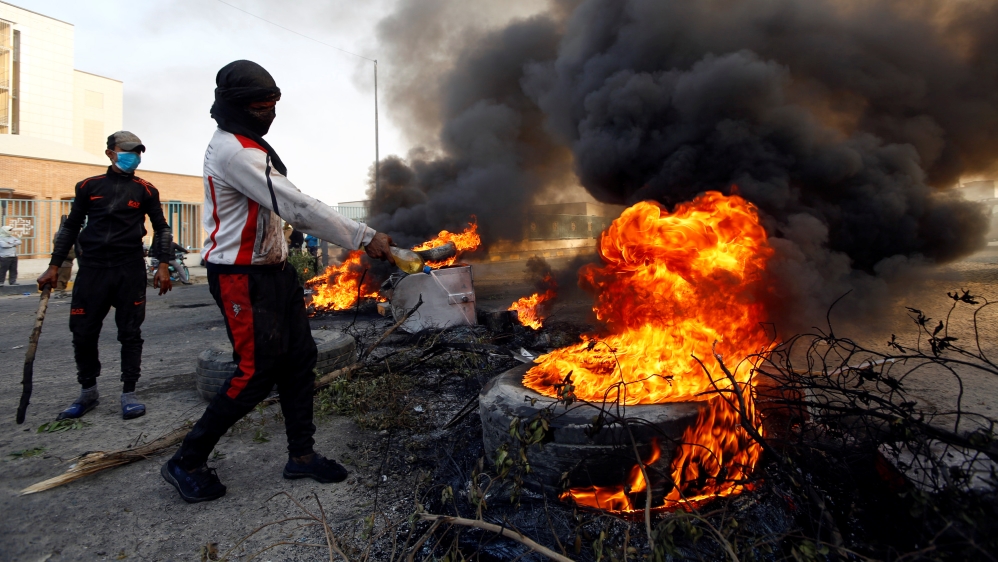
Baghdad, Iraq – As anti-government protests demanding a complete overhaul of the political system continue from the capital to the mainly Shia south, some protesters have focused their anger on official Iranian facilities.
In the strongest expression of anti-Iranian sentiment since demonstrations began in early October, protesters stormed the Iranian consulate in the Shia holy city of Najaf on Wednesday night, bringing down the Iranian flag and replacing it with Iraq’s.
They then set it ablaze. Iranian diplomats and staff narrowly escaped out of a back entrance.
More:
-
Iraq condemns attack on Iranian consulate in Najaf
-
Baghdad’s commercial hub feels pinch as Iraq protests continue
-
Reports: Leaked intelligence cables show Iran’s sway in Iraq
Renad Mansour, director of Iraq Initiative at Chatham House, said the attack in Najaf had been building since the Iranian consulate was attacked in Basra in 2018.
“Although protesters are angry with Iran, they are angry with the political system more generally and Iran fits into that system because it’s perceived to be one of the external backers of that system,” Mansour told Al Jazeera.
“So, protesters in the south view Iran as an impediment towards what they want to achieve – which is real reform.”
‘Increasing intervention’
The incident came less than a month after protesters in Karbala scaled the concrete barriers of the Iranian consulate in Iraq’s Shia holy city of Karbala on November 4.
Since the protests began in the capital Baghdad in October, protesters have clashed with security forces as they tried to advance on main bridges connecting central Baghdad to the Green Zone, where government buildings and foreign embassies, including the Iranian embassy, are based. More than 360 people have been killed and thousands wounded since the start of the unrest.
Earlier this month, videos were shared on social media showing Iraqi demonstrators striking images of Iran’s Supreme Leader Ayatollah Ali Khamenei and Quds Force leader Qassem Soleimani.
Some protesters say the incidents reflect anger towards what they perceive as Iranian intervention in Iraq.
“Protesters’ targeting the Iranian consulates in Najaf and Karbala, and protesters trying to reach the Iranian embassy in Baghdad didn’t come out of thin air,” Saif Ali, a 29-year-old protester in Baghdad, told Al Jazeera.
“We condemn Iran’s increasing intervention in Iraq’s internal affairs since 2003,” he explained, adding “until this moment, Iran is getting in how we form a government”.
News reports have suggested Iran worked to prevent Prime Minister Adel Abdul Mahdi from stepping down, despite protesters demands to unseat the government.
But while Ali’s sentiments reflect that of a portion of Iraqi protesters, many are equally sceptical of all foreign involvement in Iraq.
“We refuse foreign intervention, whether it’s from Iran, the US, or even Turkey,” Jaafar Hussein, a 50-year-old protester in Najaf, told Al Jazeera.
Boycotting Iranian products
In addition to attacking official buildings, university students in the capital – who have been on strike for several weeks in support of the protests – launched campaigns to boycott Iranian products.
They say they wish to see fewer Iranian goods on their market shelves.
“Instead of going to classes, we’ve been busy organising campaigns to encourage people to boycott Iranian products and to buy local ones instead,” said Dania, a 20-year-old IT student at al-Nahrayn University in Baghdad.
The campaign isn’t “against the Iranian people, we hate the Iranian government’s influence over our economy and want to put an end to that,” Dania told Al Jazeera.
After verifying 700 pages of reports by Iran’s Ministry of Intelligence and Security between 2014 and 2015, The New York Times and the Intercept offered on November 18 a “detailed portrait of just how aggressively Tehran has worked to embed itself in Iraqi affairs”.
The Times said the leaked reports showed Iran had worked to infiltrate Iraq’s economic, political and religious life.
‘Strong message’
According to Ihsan al-Shimmary, political science professor at the University of Baghdad, the events send a strong message to the government and reflect a change in Shia-Muslim sentiment towards Tehran.
“What happened in Najaf reflects the growing condemnation among protesters and the wider population towards what they regard as Iranian intervention in the country’s internal affairs,” al-Shimmary said.
“With the incidents taking place in two Shia holy cities, they reflect a change among Iraq’s Shia populations towards Iran and its plummeting popularity as protesters try to distance themselves from Tehran.”
Iraqi political analyst Hamza Mustafa agreed the attacks reflect anger at Iran, but said the violence also represents displeasure at Iraq’s political elite and foreign intervention more generally, “whether that’s Iranian or American”.
“Protesters haven’t only targeted the Iranian consulates, but they’ve also set government buildings and parliamentarian’s homes ablaze, and so their anger is not only focused on Iran,” said Mustafa.
